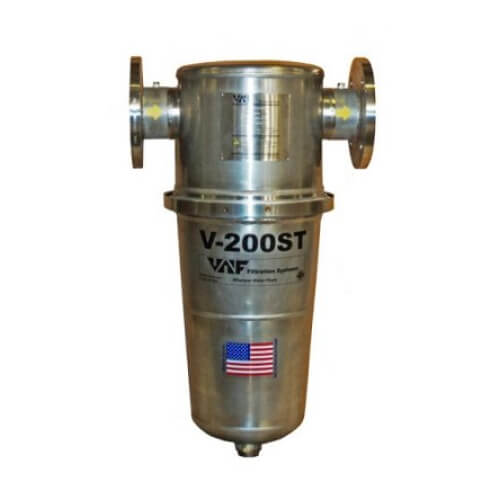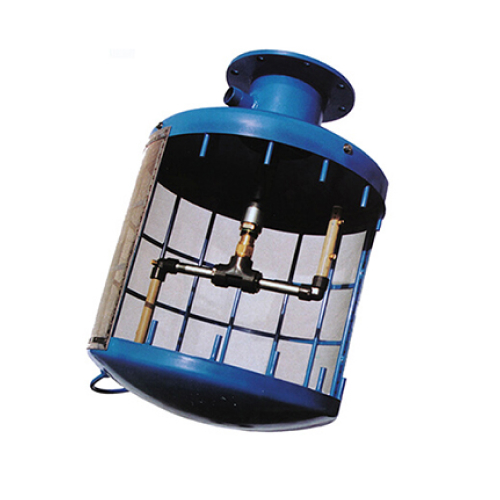Recent Posts
Self-Flushing Mesh Filtration: Resources for sustainability

Self-flushing mesh filtration embodies a technological marvel where filtration systems are equipped with mechanisms to autonomously cleanse themselves based on predetermined parameters. The beauty of this innovation lies in its ability to efficiently remove impurities without constant human intervention, thus reducing the need for manual cleaning and conserving resources significantly.
Self-Flushing Mesh Filtration: The Sustainability Champion Saving Resources
In the ongoing pursuit of sustainable practices across industries, the integration of innovative technologies stands as a beacon of hope. Among these, self-flushing mesh filtration systems have emerged as unsung heroes, playing a pivotal role in conserving resources while optimizing efficiency in various applications. These ingenious systems not only ensure cleaner processes but also significantly contribute to resource conservation in multifaceted ways.
The Essence of Self-Flushing Mesh Filtration
Self-flushing mesh filtration embodies a technological marvel where filtration systems are equipped with mechanisms to autonomously cleanse themselves based on predetermined parameters. The beauty of this innovation lies in its ability to efficiently remove impurities without constant human intervention, thus reducing the need for manual cleaning and conserving resources significantly.
Water Conservation
In industries reliant on water for processes or as a crucial component of their operations, self-flushing mesh filtration systems are instrumental in conserving this invaluable resource. By efficiently removing contaminants and particulate matter from water sources, these systems maintain water quality, reducing the frequency of water replacement and minimizing overall water consumption.
Energy Efficiency
The automation inherent in self-flushing mesh filtration translates into enhanced energy efficiency. These systems operate based on specific triggers such as pressure differentials or flow rates, optimizing filtration cycles. As a result, they reduce energy consumption by eliminating the continuous need for high-pressure cleaning or backwashing, thereby conserving energy resources.
Reduction in Waste
Conventional filtration systems often require frequent manual cleaning or replacement of filter elements, generating substantial waste in the form of used filters or cleaning chemicals. Self-flushing mesh filtration minimizes this waste by extending the lifespan of filters through automated cleaning cycles, thereby reducing the volume of discarded filter media and associated waste.
Maintenance and Operational Efficiency
The autonomous cleaning cycles in self-flushing mesh filtration systems translate to reduced downtime for maintenance. By minimizing the need for manual intervention and maintenance, these systems optimize operational efficiency, allowing industries to allocate resources towards productive endeavors rather than routine upkeep.
Sustainability at the Core
The significance of self-flushing mesh filtration systems extends far beyond their immediate applications. These systems align seamlessly with the broader ethos of sustainability, contributing significantly to resource conservation, energy efficiency, and waste reduction across industries.
Looking Ahead
The evolution of self-flushing mesh filtration continues to progress, driven by a commitment to sustainability and technological innovation. Ongoing research and development aim to enhance these systems further, seeking improvements in efficiency, durability, and adaptability to diverse operating conditions.
Conclusion
Self-flushing mesh filtration stands tall as a testament to the power of innovation in fostering sustainability. Its ability to conserve water, optimize energy usage, reduce waste, and streamline operations signifies a paradigm shift in resource management across industries.
As these systems continue to evolve and gain prominence, their role in shaping a more sustainable future by conserving vital resources cannot be overstated. Embracing and expanding the use of self-flushing mesh filtration represents a crucial step towards a more resource-efficient and environmentally conscious industrial landscape.





